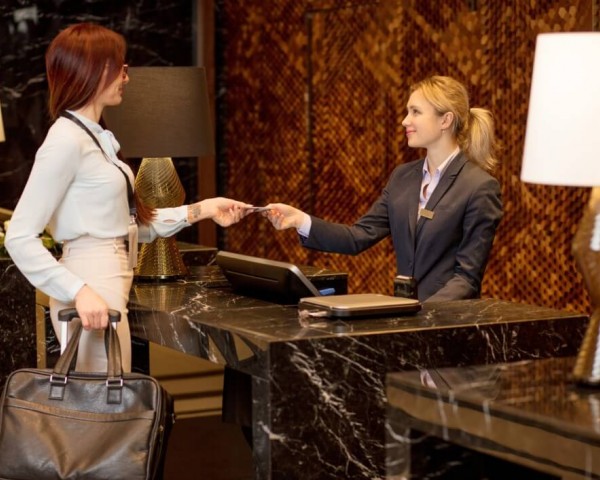Even with persistent geopolitical uncertainties, ongoing inflationary pressures, and somewhat choppy markets, business travel volumes appear to have stabilized. It is still an essential strategic element of corporate operations, so says SAP Concur’s recent analysis. Their deep dive examines how the ever-changing economic climate is reshaping business travel costs and expenditure in Germany.
The findings show something interesting: companies are shelling out roughly 4% more per invoice in 2024 compared to what they did in 2023. All in all, business travel expenses are up a noteworthy 15% year-over-year. This increase reflects not only generally higher prices in key sectors but also the resurgence of in-person interactions after the pandemic.
Airline Tickets Top the Cost Chart
Of all the expenses German businesses face, air travel stands out. The average airline ticket now hits €497 per expense report in 2024, making it the single priciest line item in travel budgets. It’s as much as seven times pricier than the average spent across other expense types.
Car rentals aren’t cheap either, averaging €207 per report. Meanwhile, entertainment, like meals and client dinners, came in much lower at €24 per report, though they did creep up by about 6% compared to last year. Some suggest that this relatively slower growth might be because catering prices were already quite high, curbing bigger jumps despite inflation.
Events and “Miscellaneous” Spending See Sharp Increases
Event-related expenses were among the categories of business travel costs that grew the fastest. Businesses spent about €120 per report, a big 26% leap from 2023. This increase makes sense given the renewed emphasis on in-person engagement, with businesses increasingly focusing on face-to-face meetings, conferences, and team events.
Oddly enough, the “miscellaneous” category actually had the largest percentage increase at 21%, pointing to growing difficulties in keeping track of less conventional expenditures. Think luggage lockers, internet access, tolls, and similar incidental costs often overlooked in traditional budgets. For firms lacking good digital tracking, these can surprisingly add up.
Overnight Stays Drive the Largest Share of Total Costs
Looking at how total travel expenses break down, overnight stays surprisingly account for the biggest chunk at 28%. Though individual hotel invoices aren’t the highest, airline tickets are close behind at 21%. This suggests that while flights are expensive, many trips use alternatives such as train travel or company vehicles.
Entertainment accounts for another 14% of total expenses. Reinforcing that role despite a comparatively low per-item spend.
Hospitality Dominates Frequency of Expense Submissions
If we look at how often expense reports are submitted, hospitality related items – meals, coffee meetings, informal client stuff – are the most common, accounting for around 37% of all reports. Public transport is next at 17%, and overnight stays are 16%.
This highlights the lasting value of personal interactions in business, even as companies aim to get the most from their travel budgets. Client dinners, team lunches, and informal meetings still play a crucial role in strengthening relationships and encouraging collaboration, often beyond a strict business itinerary.
Digital Tracking: A Key Tool for Managing Rising Business Travel Costs
With rising costs in nearly every expense category—from fuel (+5%) to miscellaneous (+21%)—keeping a handle on expenses is critical. Businesses that digitally track employee travel and expenses are better able to adjust to changing conditions, spot savings, and use budgets more efficiently. Missing systematic tracking in business travel can lead to missed opportunities for cost optimization, overlooked inefficiencies, and, of course, overspending. Transparency and agility in expense management are essential; as business travel adapts to global economic changes, they will be key to managing operational costs that are, in fact, on the rise.

